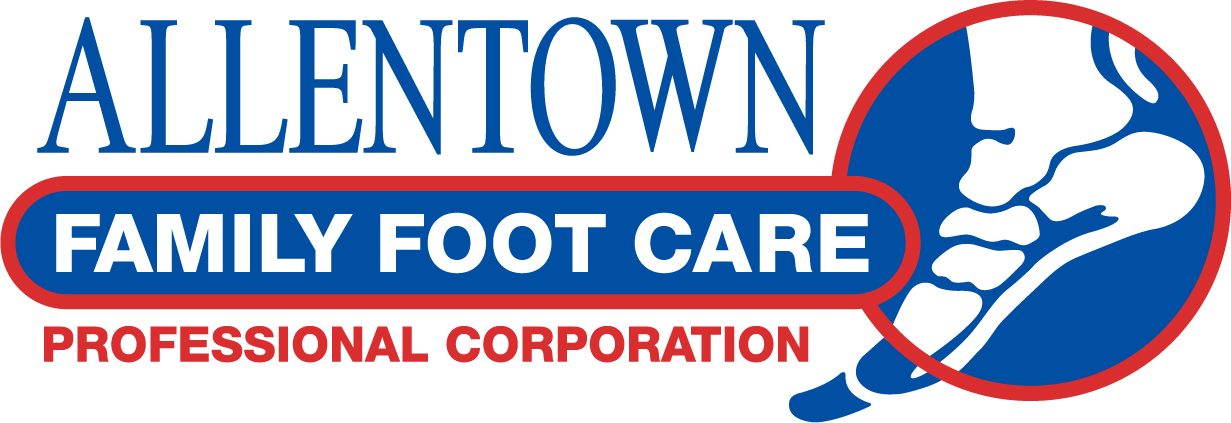Corns and Calluses on the feet often cause severe pain if they are neglected. They are aggravated and sometimes caused by shoes. If neglected, these common skin lesions limit daily activities by causing discomfort when walking. Simply stated, when your feet hurt, you really hurt all over!
A callus is a thickening of the outer layer of the skin. This thickening is the response to pressure or friction. Calluses occur anywhere in the body where there is a constant irritation to the skin over that area. This can be viewed as a protective measure by the body to prevent a break in the skin.
On the foot, this thickening results in a painful lesion caused by an increase in pressure on a particular bone. A common area of involvement is over a metatarsal head. The resulting callus is often secondary to foot structure and sometimes foot mechanics. The bottom line is “It hurts!.”
Corns are often found over a discrete, small area such as the knuckle of a toe. The medical term for a corn in this area is helloma durum. The shoe rubs the toe joint especially when the toe is contracted, as in the case of a hammertoe. Corns also develop between toes. These corns are softer in consistency, but just as painful. In this area, a prominent bone in the toe or an irregular edge (spur) may be the culprit. Other types of lesions such as warts or porokeratoses are sometimes mistaken for corns. Although pain is just as great, the treatment differs.
The treatment for corns and calluses ranges from conservative care to surgery in select cases. Conservative care may be regular, periodic trimming or shaving of the area to maintain comfort. Pads over toes or between them are also successful in reducing pressure and pain.
Larger, wider, softer shoes almost always increase comfort. Accommodative orthotics reduce pressure on discrete, painful areas on the bottom of the foot.
Functional orthotics help change foot mechanics, decreasing calluses caused by abnormal shear or friction. In the case of diabetics or rheumatoid patients, special custom molded shoes are fabricated.
Surgical correction of an underlying deformity is an option available to some patients. A hammertoe operation is a good example of where a toe is straightened and the pressure on the area is no longer present. As a result, the pressure-related corn disappears.
The first step in treating corns and calluses is a good evaluation. See your podiatrist, ask questions, and discuss treatment options. Corns and calluses are often neglected until the pain is unbearable.
Care for your feet is important since pain-free ambulation is the key to independent living. Remember all young feet will grow older. Most painful foot problems become more severe with age.
